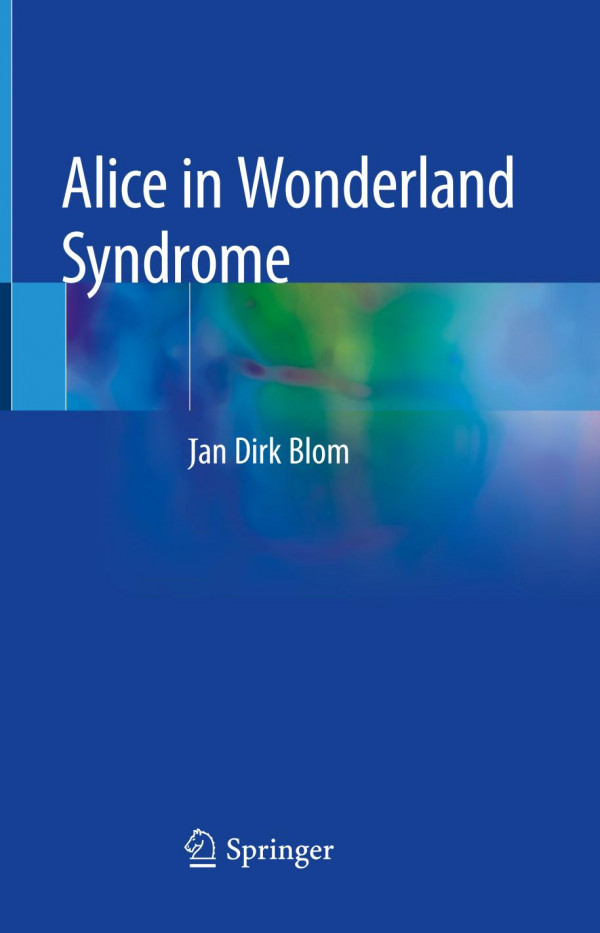

Most ebook files are in PDF format, so you can easily read them using various software such as Foxit Reader or directly on the Google Chrome browser.
Some ebook files are released by publishers in other formats such as .awz, .mobi, .epub, .fb2, etc. You may need to install specific software to read these formats on mobile/PC, such as Calibre.
Please read the tutorial at this link: https://ebookbell.com/faq
We offer FREE conversion to the popular formats you request; however, this may take some time. Therefore, right after payment, please email us, and we will try to provide the service as quickly as possible.
For some exceptional file formats or broken links (if any), please refrain from opening any disputes. Instead, email us first, and we will try to assist within a maximum of 6 hours.
EbookBell Team

4.7
46 reviewsThe book provides the first state-of-the-art overview of Alice in Wonderland syndrome, an enigmatic neurological condition characterised by perceptual distortions (for example, seeing things as being larger or smaller than they actually are; seeing human faces change into animal faces; feeling one’s body growing larger or smaller; experiencing time as slowing down or speeding up; etc.). It describes the clinical presentation of the syndrome, including its huge variety of symptoms and the variability of its natural course. The book starts out with several vivid case vignettes from the author’s clinical practice, and then explains how and why the concept was introduced. In addition, it explains what is currently known about the underlying medical conditions and brain mechanisms, proposes a diagnostic algorithm, and makes recommendations for treatment. Throughout the book, a recurring question is whether or not Charles Dodgson (aka Lewis Carroll) suffered from the symptoms he described so aptly in his famous children’s book, Alice’s Adventures in Wonderland. Accordingly, the book should appeal to anyone interested in the brain and its disorders, as well as readers interested in the life of Lewis Carroll.